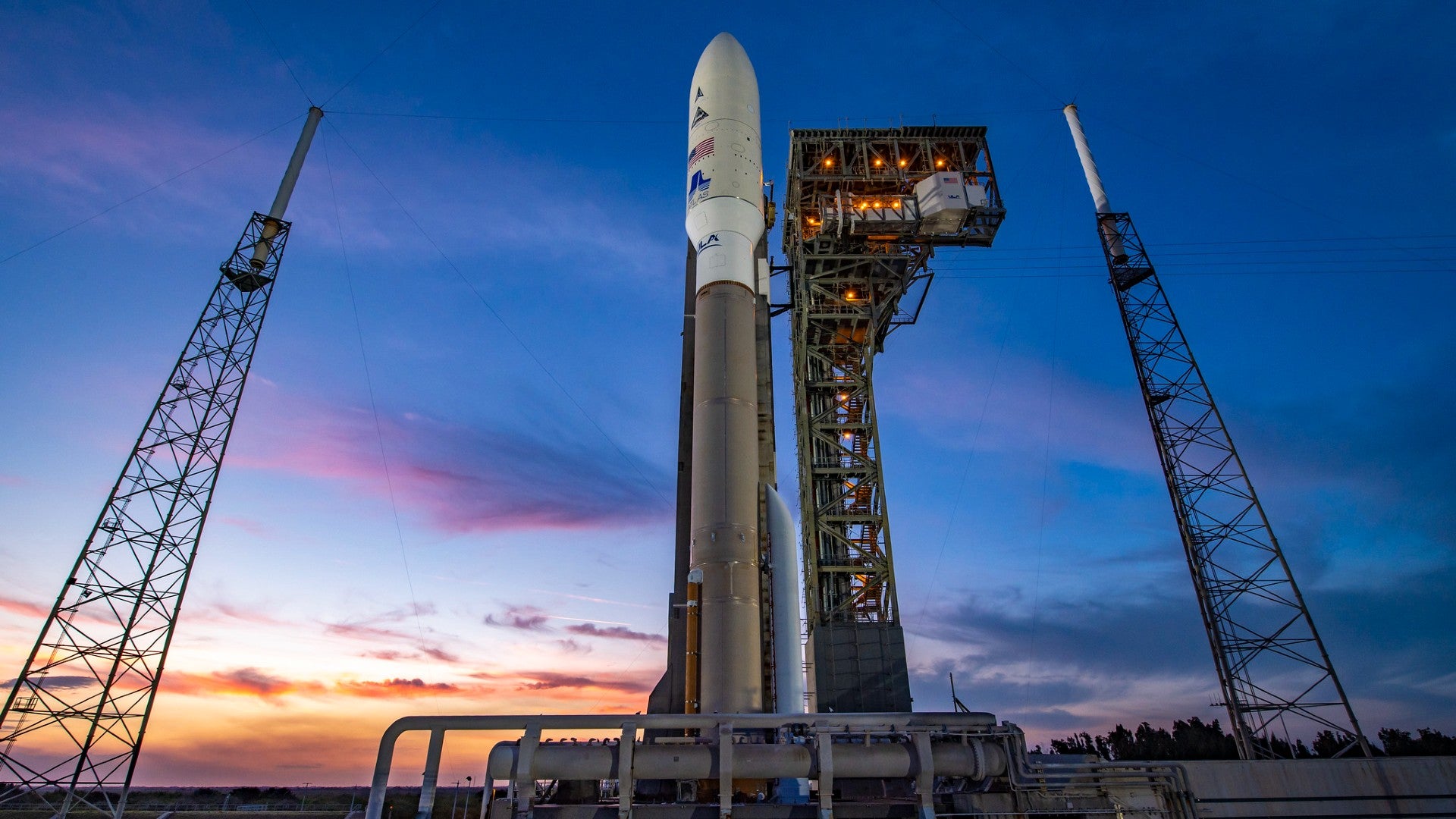Raymond elaborated somewhat, stating that the new satellites are part of Space Force’s goal of being able to identify what capabilities other satellites in geosynchronous orbit may possess:
And so historically, the way we have surveilled or had awareness of a domain is we’ve, we’ve taken observations from radars are optical capabilities. And we’ve come up with an address and space, if you will, of objects. And we’ve been worried about making sure two things don’t collide. That we can keep that domain safe for all which is critical. But it’s not sufficient. If you move into a warfighting domain, you have to have more knowledge than just where something is you’d have to have some insights into what those capabilities are.
GSSAP-5 and GSSAP-6 were originally scheduled to be launched in 2020, and it is not known why the launch was delayed almost two years. The GSSAP program was originally highly classified and was only revealed to the public in 2014. While the exact capabilities of the satellites are not public, it’s known that they are able to capture close-up images of other satellites in geosynchronous orbit. Former Commander of Air Force Space Command Gen. William Shelton (Ret.) told Aviation Week in 2014 that the satellites are designed to drift in and out of the geosynchronous belt collecting intelligence on specific targets.
The Air Force has previously used one of the satellites for Remote Proximity Operations (RPO), maneuvering close enough to inspect another Department of Defense satellite operated by the Navy that was experiencing a malfunction. The former head of Air Force Space Command, General John Hyten (Ret.), has previously said the satellites are capable of capturing some “truly eye-watering” imagery.
The Secure World Foundation (SWF), which “acts as a research body, convener and facilitator to promote key space security and other space-related topics,” collected data that shows GSSAP satellites made close-in observations of eight foreign-owned satellites between 2016 and mid-2018. In their 2019 Global Counterspace Capabilities report, SWF quoted Russian sources who stated it is “very difficult to estimate the current and future position of the GSSAP satellite and the other object, creating difficulty in determining safe approaches and ascertaining the intent of the approach, which could lead to misperceptions and mistakes.”
GSSAP is notably part of the “orbital warfare” end of Space Force, tasked with protecting and defending American space assets and deterring adversary threats in space. Space Force’s General David Thompson, the service’s second in command, said last year that U.S. satellites are under attack “every single day” from “reversible attacks” such as electronic warfare jamming, laser dazzling, and cyber attacks. Space Force is known to possess at least one offensive system, the Counter Communications System, or CCS, which reached operational capability in 2020. The exact nature of CCS is unknown, but it is believed to be a jamming system designed to interrupt transmissions sent by enemy satellites.
The few public descriptions of the GSSAP satellites and their capabilities would suggest that they are similar to the highly-maneuverable “inspector satellites” that have shadowed American satellites for years. Russian inspector satellites are known to be capable of firing projectiles in space, and Russia has conducted multiple on-orbit anti-satellite weapons tests. China has been launching satellites into geosynchronous orbit at an increasing rate, some of which have displayed anomalous behavior.
Given the adversary satellite capabilities that are known to the public, it’s no wonder Space Force wants maneuverable sets of eyes way out at 22,000 miles from Earth to keep track of what’s going on in geosynchronous orbit.
Contact the author: Brett@TheDrive.com





